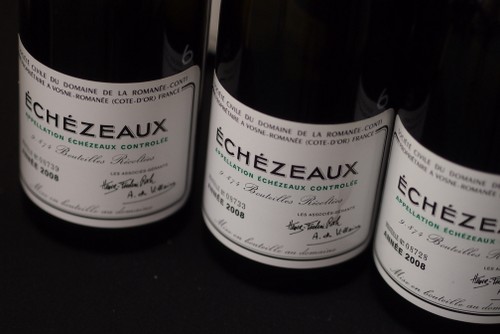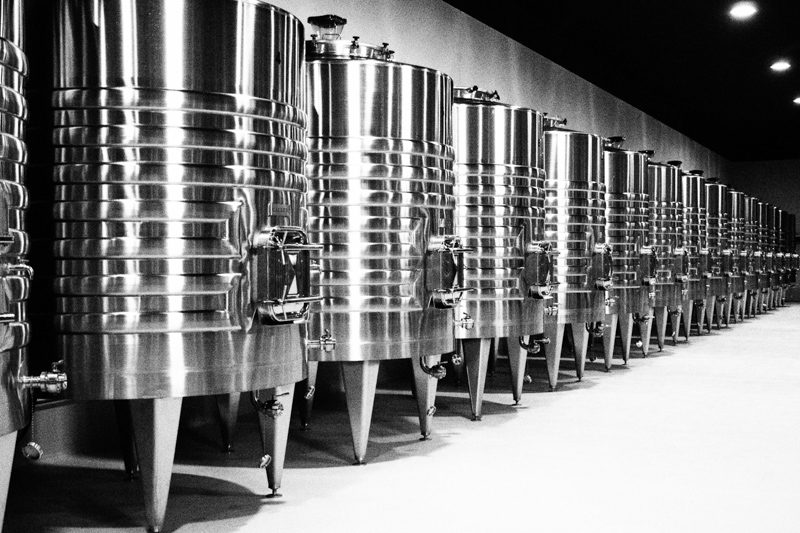
There is a common assumption that people’s buying patterns (or consumption) are the same as their preferences. But this isn’t always true. Choice isn’t the same as preference.
Let’s think about coffee. I might drink a Starbucks coffee because I can’t find a Pret (I prefer Pret, although it’s rare that you can’t find one because they seem to be everywhere). Of course, I’d rather support a decent independent coffee shop but these aren’t always easy to find (unless you are in Portland where you can’t avoid them), so you could say that Pret isn’t my preference.
Or let’s consider cars: I might drive an economy mass market car, but this doesn’t mean I prefer it. I might just decide that I don’t want to allocate my resources to the car of my preference. I think I’d quite enjoy driving an Aston Martin, or a vintage Jaguar, or even an old Landrover. But these are, for a variety of reasons, not what I end up driving.
And convenience sometimes trumps preference. I might prefer shopping in Waitrose but have a Tesco in walking distance, and so shop there most of the time.
So buying patterns don’t always match preferences because of choice constraints. These may be self imposed (allocation of resources) or externally imposed (availability).
This all applies to wine. Just because people drink a certain wine doesn’t mean they prefer it, or even like it. You can only buy the wine in front of you, and if you are in a restaurant you can only choose what is on the list. Unless you are at a high-end joint there will be no sommelier, and most lists have very little in the way of guidance. How do you know what to choose? Without informed consumers the concept of preference is meaningless when it comes to purchasing decisions.
Also, there are qualities to wine that are separate from its flavour characteristics. You might just want a red wine that doesn’t taste bad with your steak and which is affordable and in this instance choice is nothing about preference. It’s not really about choice: it’s about adequacy. You want something good enough, and beyond that you don’t really care.
Preference cannot be considered in the absence of context, just as quality is best defined as fitness for purpose. Your preferred wine will likely be dependent on the drinking occasion.
Also, sometimes people don’t know what they want, because they don’t understand the category and have little idea of what is on offer. I remember my first experience with a wine that tasted nice, after drinking legions of bottles where I grimaced to get the stuff down. I didn’t realize that wine could taste nice! This changed everything: I began looking for wines that tasted nice rather than wines that didn’t taste utterly disgusting.
My point? In the face of this complexity, we must be careful in drawing firm conclusions about preferences from what people actually consume. It’s not a straightforward relationship. Consumption choices give clues about preference, but they aren’t the same.
See also: When preference fails and why giving people what they want can be elitist
1 Comment on Wine marketing: choice doesn’t equal preference


Well said! I like this Jamie!
Of course, what people are buying still matters. Maybe it’s more like choosing the lesser evil maybe?